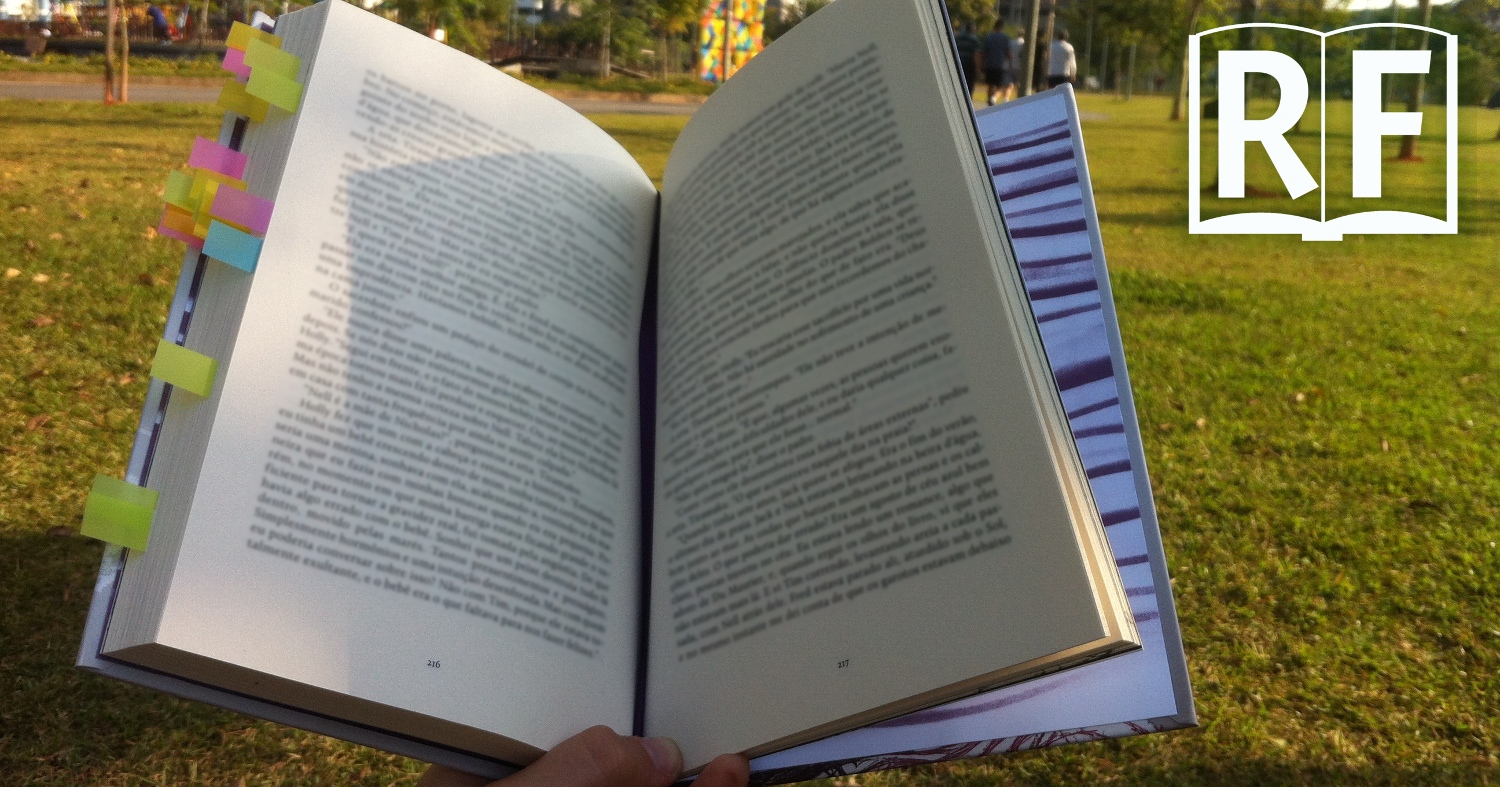One of the easiest ways to make a deep connection with the suttas is by creating a personal anthology. If you haven’t read the main article, this involves noticing when sutta passages are particularly meaningful to you and then copying them into a blank book. Then when the hindrances arise, you can quickly turn to that collection of teachings that you easily connect with.

So the basic steps for a regular Personal Anthology are:
- Read the suttas and notice passages you connect with.
- Copy them into a blank book
- Go to these teachings when the hindrances arise.
It’s not so difficult, but step two does take some effort. Once you have experience using the suttas directly in times of difficulty, you will know that it is time well spent. But what to do if you can’t motivate yourself to copy out the text now? Make an Almost Anthology
Basically, you just skip step two, and instead flag them with Post-it markers. This way, the book you are working with will literally have passages that stick out. So you’ve done the reading and noticing of step one, then all you have to do is the “go to these teachings” part of step three. This will work as a substitute as long as you are just practicing with a single book. Because you are going to read this book completely at least twice, that should give you enough experience using it as a go-to source when hindrances arise. By the time you have finished your second cycle with the book you will have seen the advantage of having these passages close at hand and copying them out will be a real joy.
So in the meantime the process for the Almost Anthology is this:
- Read the suttas and FLAG passages you connect with.
- Go to these teachings when the hindrances arise.
It’s important that you physically flag them. Underlining won’t work so well because the passages won’t stick out. You could dog ear the pages, and underline, but that’s not so good for the book.
You can make your own Post-it flags by cutting up an ordinary Post-it. Remember to keep a stash of flags stuck to the inside front cover so you always have them handy.
Now, if you are also marking passages for putting in your study notebook, you’ll need to make sure they are clearly different. Perhaps mark study notebook passages with the flag barely visible and the Almost Anthology passages with the flags sticking far out. You may even want to draw a star at the end of those. This is a good technique even if you are actively making a real Personal Anthology because you won’t always be able to transfer them right away.
Have you experienced using a Personal Anthology? How has it connected you with the teachings? Have you created an Almost Anthology? Share your experience in the comments below. All comments are screened, so simply include the word “Private” if you would prefer not to have them published.

Personally, I read the suttas on the net, and I like to keep the referrences of the suttas I like in a file : I write a brief sentence that explains what I’ll find in the sutta, and then I put a link that will bring me back to the sutta (online) by clicking on it (and for the text of the link, I just put the reference, like MN44 for example).
As I have a lot of sutta refferences in my file, I like to sort them out :
– either by subject (similarly to the names of the chapters from “In the buddha’s words”)
– or by interest : understanding dhamma / getting inspiration for the practice / instructions
-> in “understanding dhamma”, I put the suttas that help me to understand how the world works
-> in “getting inspiration for the practice”, I put the suttas that help me to get motivation for the practice, and the suttas that don’t necessarly say something new, but that use very heart speaking similies
-> in “instructions”, I put the suttas that just tell me what to do (the ones I choosed for my practice).
Thank you for sharing your method. I want to reply to your comment as it relates to this page about maintaining and using a Personal Anthology. What you are describing is very different from a Personal Anthology as taught on this site. No doubt it is useful for you and I encourage you to continue, but I would call that a general Dhamma notebook. But I want to clarify for others reading the page… The idea behind a Personal Anthology is that it is for suttas that relate directly to one’s own defilements as well as these from your list:
Also, a key part of the Personal Anthology concept is that they are written out in one place so they can be referred to very easily.
There is a new article on this site that addresses some of these issues.